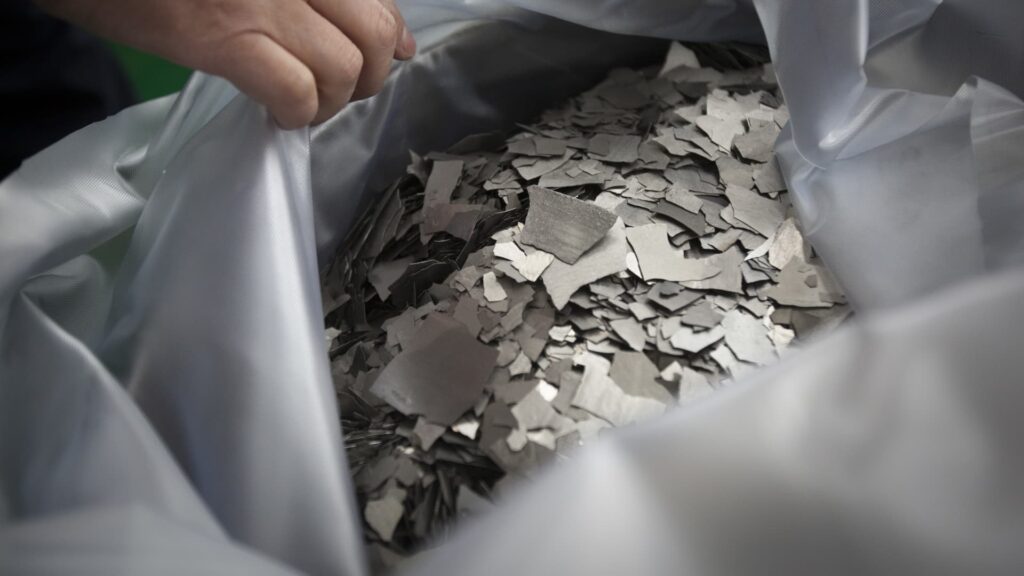Mining firm Rare Earths Norway says it has discovered Europe’s largest proven deposit of highly prized rare earth elements, potentially reflecting a watershed moment for both the Nordic country and the broader region.
One of the few deposits not owned or controlled by China, the discovery of continental Europe’s largest rare earths deposit is considered a welcome boost in Europe’s bid to break China’s rare earths dominance.
Demand for rare earths and critical minerals is expected to grow exponentially in the coming years as the clean energy transition picks up pace.
Rare Earths Norway said in a June 6 statement that a mineral resource estimate at its Fen Carbonatite Complex in the southeast of the country boasts 8.8 million metric tons of total rare earth oxides (TREOs) with a reasonable prospect for economic extraction.
Within the TREOs, which are considered vital to the global shift away from fossil fuels, the company says there is an estimated 1.5 million metric tons of magnet-related rare earths which can be used in electric vehicles and wind turbines.
The discovery eclipses a massive rare earths deposit discovered last year in neighboring Sweden.
Alf Reistad, CEO of Rare Earths Norway, told CNBC that the discovery at Fen represents a “great milestone” for the company.
“It is important to state that there is absolutely no extraction of rare earth elements in Europe today,” Reistad said via videoconference on Monday.
One of the aims of the Critical Raw Materials Act is to extract at least 10% of the EU’s annual demand for rare earths by 2030 and Rare Earths Norway says it hopes to contribute to that goal.
Rare Earths Norway said the rare earths deposit in Telemark, roughly 210 kilometers (130 miles) southwest of Oslo, is likely to underscore Norway’s position as an integral part of Europe’s rare earth and critical raw material value chain.
Rare earths ‘more important’ than oil and gas
The International Energy Agency has said that today’s supply falls short of what is needed to transform the energy sector. That’s because there is a relatively high geographical concentration of the production of many energy transition elements.
Most rare earth elements are located in China, with the world’s second-largest economy estimated to account for 70% of global rare earth ore extraction and 90% of rare earth ore processing.
China was the EU’s largest partner for imports of rare earth elements in 2022, accounting for 40% of overall imports based on weight.
Looking ahead, Rare Earths Norway said that exploration work at the complex will continue, with further drilling scheduled for next month. The company said it is working to develop the first stage of mining by 2030.
Asked whether he believed the discovered resources could be considered of more value than Norway’s oil and gas supplies, Rare Earths Norway’s Reistad replied, “Not of more value but [European Commission President] Ursula von der Leyen has stated that lithium and rare earth element will soon be more important than oil and gas.”
“So, it will be more important but not have the same value, of course,” he added.
Read the full article here









